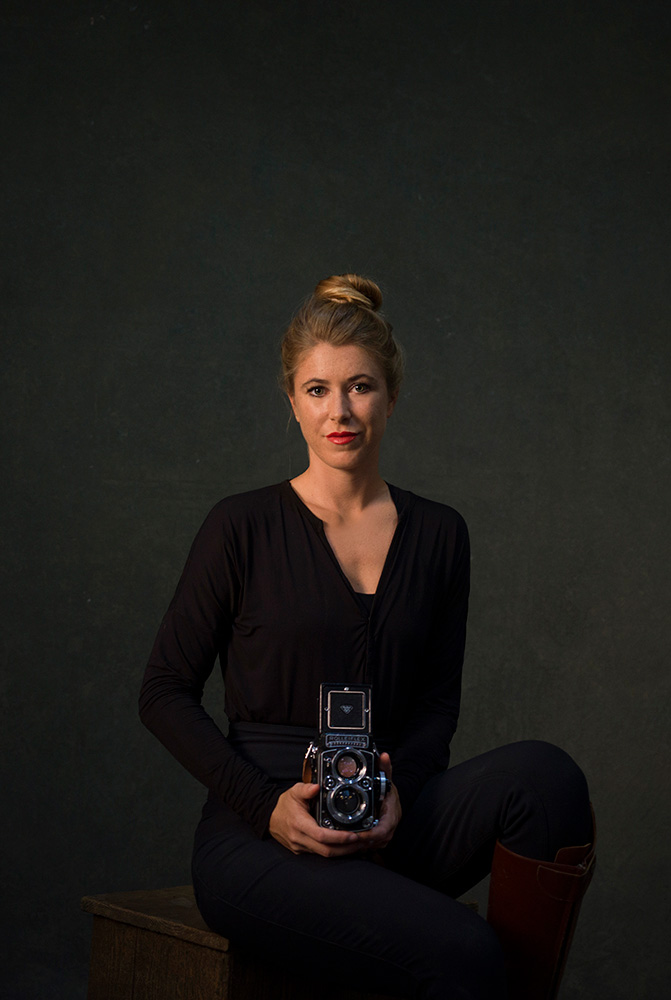I have always had a fascination with horses which in part stems from my interest in the essential role they played in the development of modern civilizations. At the heart of the relationship between horses and humans is a large paradox. At once a tool in conquests and war because of their tremendous power and capacity for speed, they remain a herd and prey animal. Through photography both inside and outside of the studio, I explore the duality of these flighty yet mighty animals, as well as their relationships with humans, in particular with women whose livelihoods still depend on these animals.
My journey with photography started in 2013, after earning my bachelor’s degree from Texas Christian University. After this, I completed a short course in Photography at the New York Film Academy and a Masters in Art History and Art World Practice at Christie’s in 2021.
Over the past three years, I have been documenting Camilla Naprous of the Devil's Horsemen with my film cameras and the resulting project The Devils is subject of an ongoing exhibition at the Cowgirl Museum in Fort Worth, TX.
Statement
I spent most of the pandemic cloistered at the Devil’s Horsemen outside London, UK, a leading supplier of horses and stunt men and women in the film industry. Using my film cameras to get closer to the team who were also locked down at the farm, I documented the small group of women during their daily routines as they cared for the horses and continued training in anticipation of the reopening. From very different walks of life, the people at the Devil’s Horsemen are brought together by their love of horses and their determination to make a life for themselves in which horses play a central role.
The company is today led by Camilla Naprous, a second-generation horse master whose father founded it in the 1970’s. Far from the glamour of Hollywood, this project pulls back the curtain on a fascinating way of life, a mix between intimacy and arduous labor where the relationship between horse and woman knows no boundaries.
